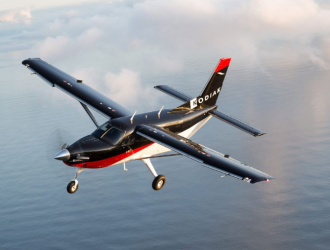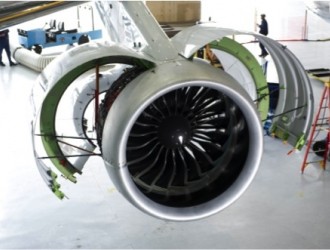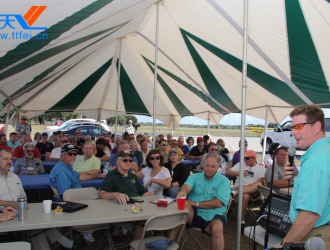
I thought I’d use this opportunity to share a perspective on additive manufacturing, often colloquialized as 3D printing. As the Chief Technology Officer at a company that’s an industry leader in UAS system design, I’ll specifically focus on its current utility and application space in our industry, the promise it holds and the challenges we must overcome to realize that promise. The spectrum of uses for additive manufacturing encompasses rapid materialization of concepts and ideas. This enables and accelerates design cycles for production parts in our systems, always with appropriate consideration of how and wher used. You cannot underestimate the value of holding your idea in your hand, seeing if and how it mates to contributions of others, quickly, and iteratively. Not only does this accelerate innovation, but it also improves the final quality and value of the solution.
The most widely visible shift in this technology has been in the cost point, capability, and accessibility of fused deposition modelling (FDM) machines and materials. These are the 3D printers that have found their way into many schools, Makerspaces, and homes, including mine. Today we can all have a small “printer” that creates with basic plastics, for a lower cost than the similarly capable machines I worked with in innovation labs just a decade ago. Like all tools, these machines have their place, and for us they serve as counterpoint to another shift in engineering. As we’ve moved almost exclusively into the 3D CAD/CAM, the risk of driving up part complexity increases and the assumption that it will all go together because we can visualize it on our screens can become a blind spot. Combined and compounded, we often create challenges against efficiently prototyping these concepts with more classic methods. FDM and other low-cost additive technologies are an effective answer. The drawbacks are the relatively limited performance of materials and inconsistent part properties due to material, device, and process variability, particularly in build orientation and layering effects. While big in value as I lay out above, it’s rarely suitable for professional aviation components.
The parts and pieces making their way onto our systems are almost universally Selective Laser Sintering (SLS) parts. Beginning with simple plastic materials now associated with FDM, the application has blossomed into complex filled and loaded plastics, and a variety of metals, including some rather exotic alloys. SLS is a different tool, but as always, no free lunch. Utility for production parts still comes to a process decision that includes factors such as relative upfront tooling costs, planned part lifecycle and scale. Additive manufacturing methods can dramatically reduce time and cost. Tooling cost and time is negligible to nonexistent, and design change impact is small. This benefit carries forward to some breakeven point, after which tooling could be amortized and cost per part and production time/rate benefits often win the day. One challenge for broader utility of additive manufacturing technology is to move this breakeven point to its benefit. Others include considerable efforts to develop stable process standards and bulk material properties to enable effective design predictability and part repeatability. There is lots of great work being done, but there is more road left to travel for the professional UAS industry. Despite some truths in what I would categorize as hype, just because we might print a monolithic flyable airframe, does not mean we should, or that it is remotely efficient, robust, or reliable. We’re not there yet.
For our uses at Insitu, we do have durable and supportable use cases. Our production rates, coupled with complex geometries essential to maximize performance of the aircraft, lend themselves well to SLS parts for structural blends, complex cooling ducts, and low drag fairings, all of which would represent cost/complexity tooling and process challenges for other methods. I’m clearly an advocate for these technologies, and the growth in capability and utility is nothing short of astounding. That said, all tools have their utility, “no free lunch” always applies, and appreciation of that in the broadest possible community, I believe, will only serve to accelerate progress in the expansion and utility of additive manufacturing.





